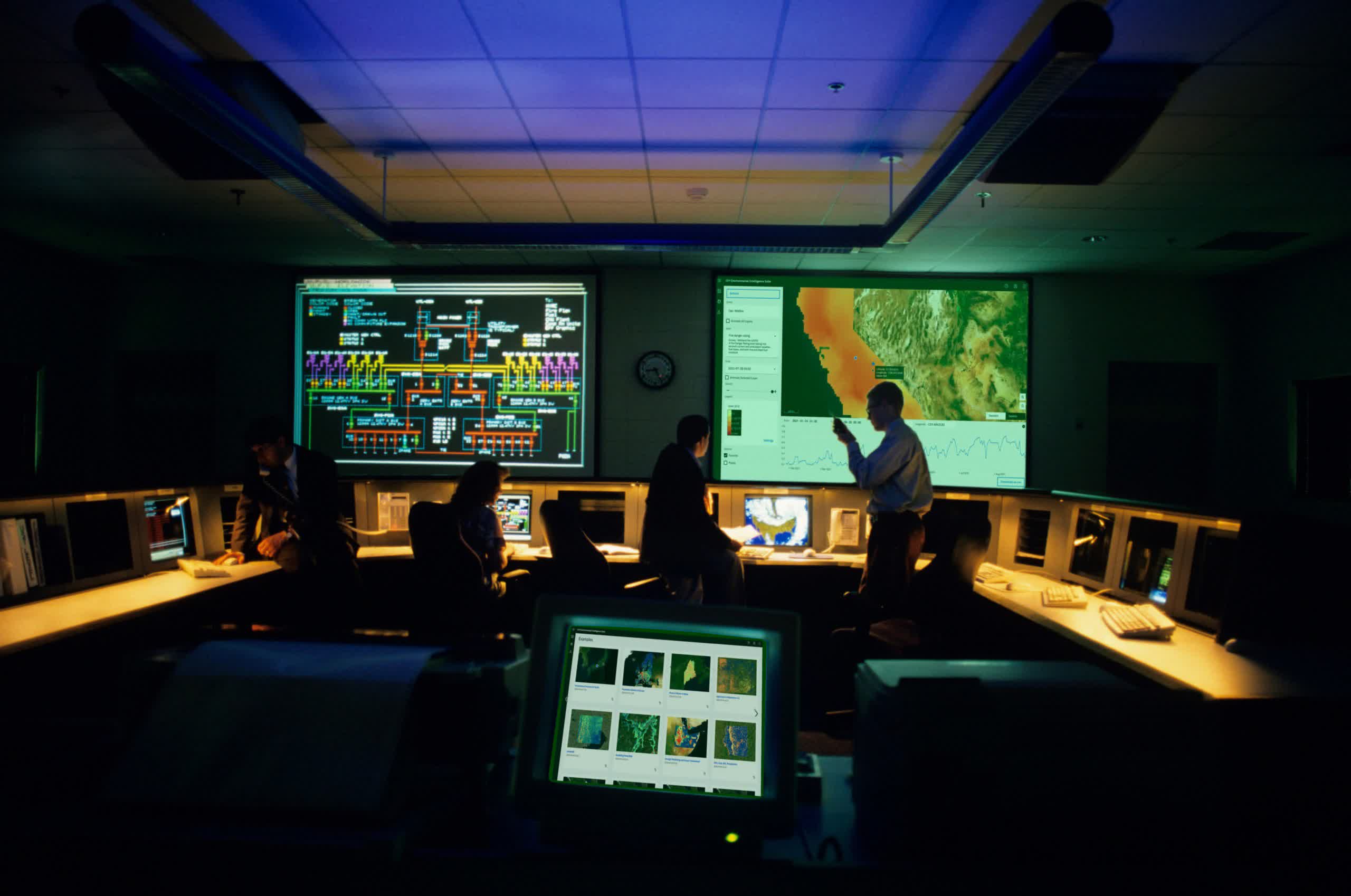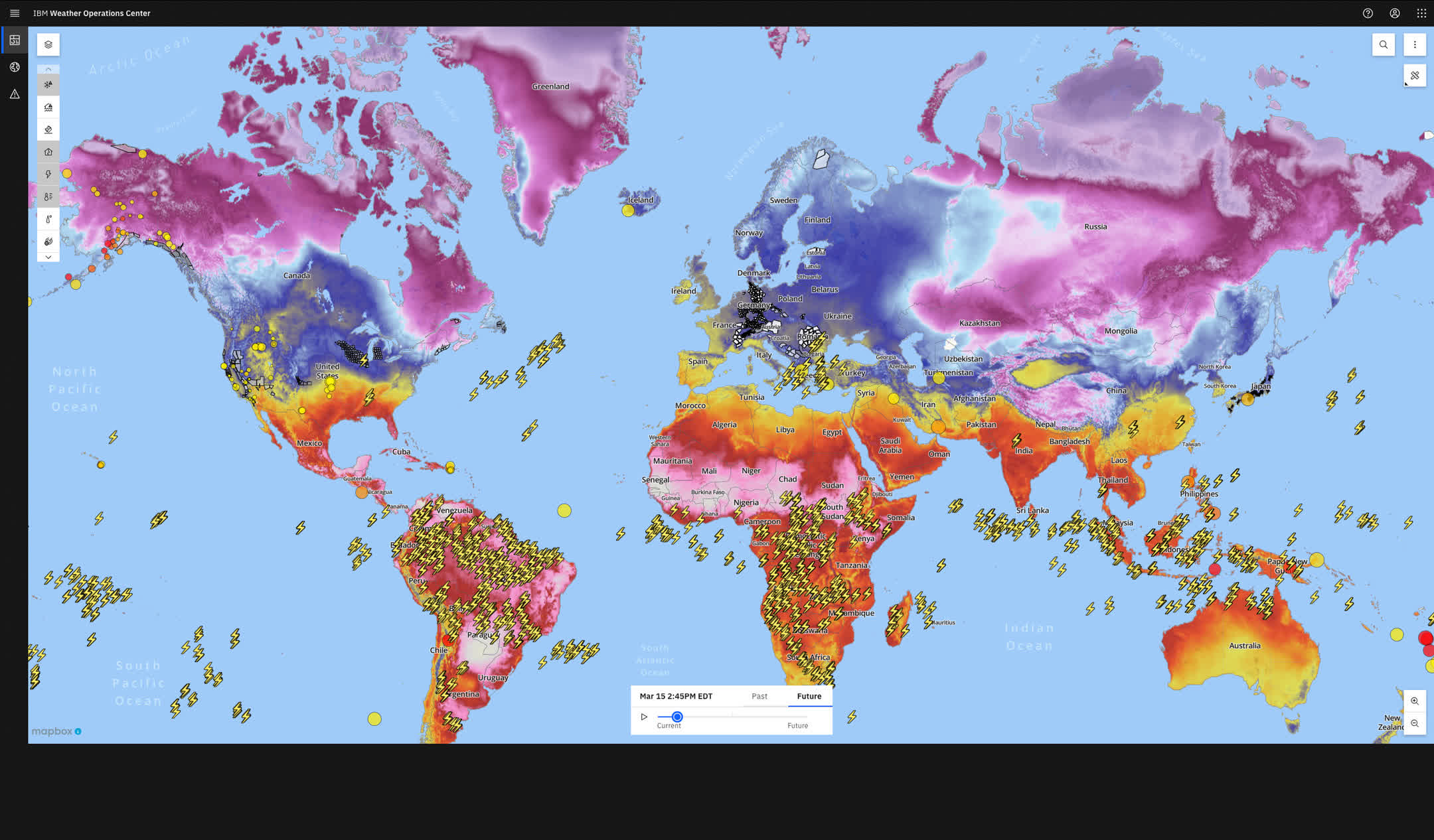In context: If you've read much about changes in the corporate world recently, you've undoubtedly started hearing about something called "CSR," short for Corporate Social Responsibility, and "ESG," an acronym for Environmental, Social, and Corporate Governance. Seemingly out of the blue, organizations of all types and sizes are advertising, blogging, and promoting their own goals in these areas and talking about the progress they've made against them.
The topics related to CSR and ESG aren't at all new, but they have certainly received a great deal more attention and focus as the result of societal changes, growing environmental concerns, and regulatory requirements. In particular, environmental sustainability issues have received a great deal of attention recently, as massive wildfires, floods, and other natural disasters driven by climate change have wreaked havoc on countries around the world.
As a result, many organizations have announced ambitious plans to do things like reduce their energy consumption and carbon footprint and make whatever effort they can to lessen their impact on the environment. Companies are not only focusing on their own efforts here, but even on those companies that partner with them in supply chains.
Speaking of supply chains, industries of all types are now facing massive challenges in this area. While most of these challenges are driven by the pandemic, some can also be tied to environmental changes. This is particularly true in industries like agriculture and energy. Looking ahead, many organizations are also very concerned with the impact that future weather-based and environmental issues could have on business continuity. In the World Economic Forum's latest Global Risks Report 2021, the top 3 risks they cite for business over the next 10 years are all related to weather and the environment: extreme weather, climate action failure, and human-led environmental damage.
In this context, a new SaaS offering from IBM entitled the Environmental Intelligence Suite (EIS) seems to make a great deal of sense. It also---perhaps belatedly for some---provides a more solid explanation as to why IBM purchased the Weather Company (the digital assets behind the Weather Channel, but not the cable channel itself) over 5 years ago.
The Environmental Intelligence Suite combines extensive real-time weather data with geospatial analytics, and AI-powered advancements from IBM Research. These capabilities give companies that use the tool the ability to monitor and predict changes in weather and the environment, even over mid- and long-term timeframes. They also provide insight into how these changes could potentially impact a company's operations.
For industries like transportation and logistics, as well as insurance, agriculture and energy, this type of information can be critical. Not only can it provide the types of obvious warnings one would expect, EIS can also do things like overlay satellite images of tree growth on top of existing power lines to warn energy companies where they should prioritize their tree trimming and line clearing efforts.

In other areas like manufacturing, IBM says its clients have uncovered significant real-world savings and efficiency improvements by leveraging the analytics data generated by the tool. Most importantly, it provides that information without the hassles and specialized skill sets that were previously necessary to try and piece this data together.
The Environmental Intelligence Suite also includes a set of tools designed to make the process of collecting a company's own environmental-related data easier to do. Right now, the data collection process for ESG and CSR reporting can be challenging for many organizations. IBM's Carbon Performance Engine and associated Carbon Accounting APIs are a set of tools the company built to help collect the required measurement data, generate reports, let companies see how they align to evolving standards, and make comparisons to other companies in their industry.
The tool can automatically adjust to changes in regulatory requirements and is designed to integrate with existing ERP systems to collect some of the necessary data. There are even several AI-powered, Natural Language Processing (NLP)-based abilities that compensate for things like the different names that some countries use for the same gas, ensuring that multinational organizations can accurately (and automatically) adjust for these potentially confusing variations.
While IBM's offering looks comprehensive, it's not the only company helping other businesses to ascertain and improve their energy usage.
At this week's Google Cloud Next, Google unveiled a free tool called Google Cloud Carbon Footprint that, as its name suggests, lets companies that are using Google Cloud measure the carbon footprint of the workloads they are running there. In addition, Google will provide Carbon Reduction Recommendations that lets companies easily delete forgotten and/or unattended projects and workloads. While clearly only a modest part of most organizations' total energy consumption, it's still great to see Google making this information available for free.
Despite their relatively rapid rise to the corporate center stage, there's little doubt that CSR and ESG-related initiatives are going to be around for a long time. That's why efforts like IBM's and Google's are so important.
Helping companies prepare for environmental challenges and collect information they can use to reduce their own impact on the environment is something a wide variety of organizations are going to want and need for some time to come.
Bob O'Donnell is the founder and chief analyst of TECHnalysis Research, LLC a technology consulting firm that provides strategic consulting and market research services to the technology industry and professional financial community. You can follow him on Twitter @bobodtech.
